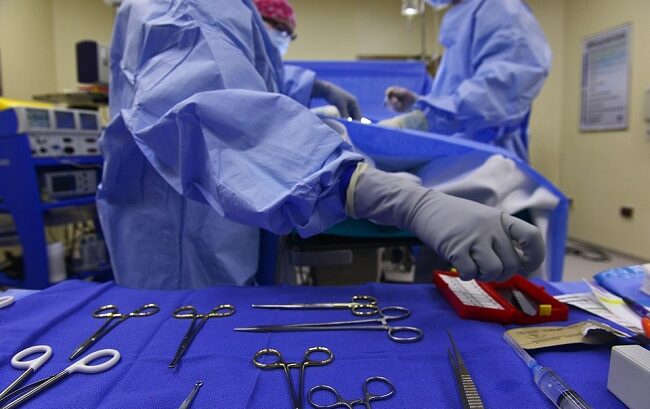Minimally Invasive Surgery
Minimally Invasive Surgery also allow surgeons use techniques that reduces the size of incisions that they need to make. It is generally associated with less pain, fewer complications and shorter hospital stay. Procare Hospitals offers Minimally Invasive Surgeries in cases that it is required.
In minimally invasive surgery, the doctors use a variety of techniques to operate with less damage to the body than with open surgery. Minimally invasive surgery is associated with less pain, a shorter hospital stay and fewer complications.
In traditional open surgery, surgeons makes cut to see the part of your body that they’re operating on. In minimally invasive surgery, surgeon uses small tools, cameras, and lights that fit through several tiny cuts in your skin. This allows surgeons to perform surgery without opening a lot of skin and muscle.
This days, some minimally invasive surgeries are done with robotic technology that allows more precise control over the surgery. Other minimally invasive surgeries are done without robotic assistance.
Types of minimally invasive surgery
Surgeons perform many minimally invasive surgeries, including:
- Adrenalectomy to remove one or both adrenal glands
- Anti-reflux surgery, sometimes called hiatal hernia repair, to relieve gastroesophageal reflux disease (GERD)
- Cancer surgery, for example, to destroy a tumor
- Colectomy to remove parts of a diseased colon
- Colon and rectal surgery
- Ear, nose and throat surgery
- Endovascular surgery to treat or repair an aneurysm
- Gallbladder surgery (cholecystectomy) to remove gallstones that cause pain
- Gastroenterologic surgery, including for gastric bypass
- Gynecologic surgery
- Heart surgery
- Kidney transplant
- Nephrectomy (kidney removal)
- Neurosurgery
- Orthopedic surgery
- Splenectomy to remove the spleen
- Thoracic surgery, such as video-assisted thoracoscopic surgery (VATS)
- Urologic surgery
Risks
Minimally invasive surgery uses smaller surgical incisions, and it’s generally less risky than traditional surgery. But even with minimally invasive surgery,
there are risks of complications with anesthesia, bleeding and infection
Laparoscopy — surgery done through one or more small incisions, using small tubes and tiny cameras and surgical instruments — was one of the first types of minimally invasive surgery. Another type of minimally invasive surgery is robotic surgery. It provides a magnified, 3-D view of the surgical site and helps the surgeon operate with precision, flexibility and control. Continual innovations in minimally invasive surgery make it beneficial for people with a wide range of conditions. If you need surgery and think you may be a candidate for this approach, talk with your doctor.

